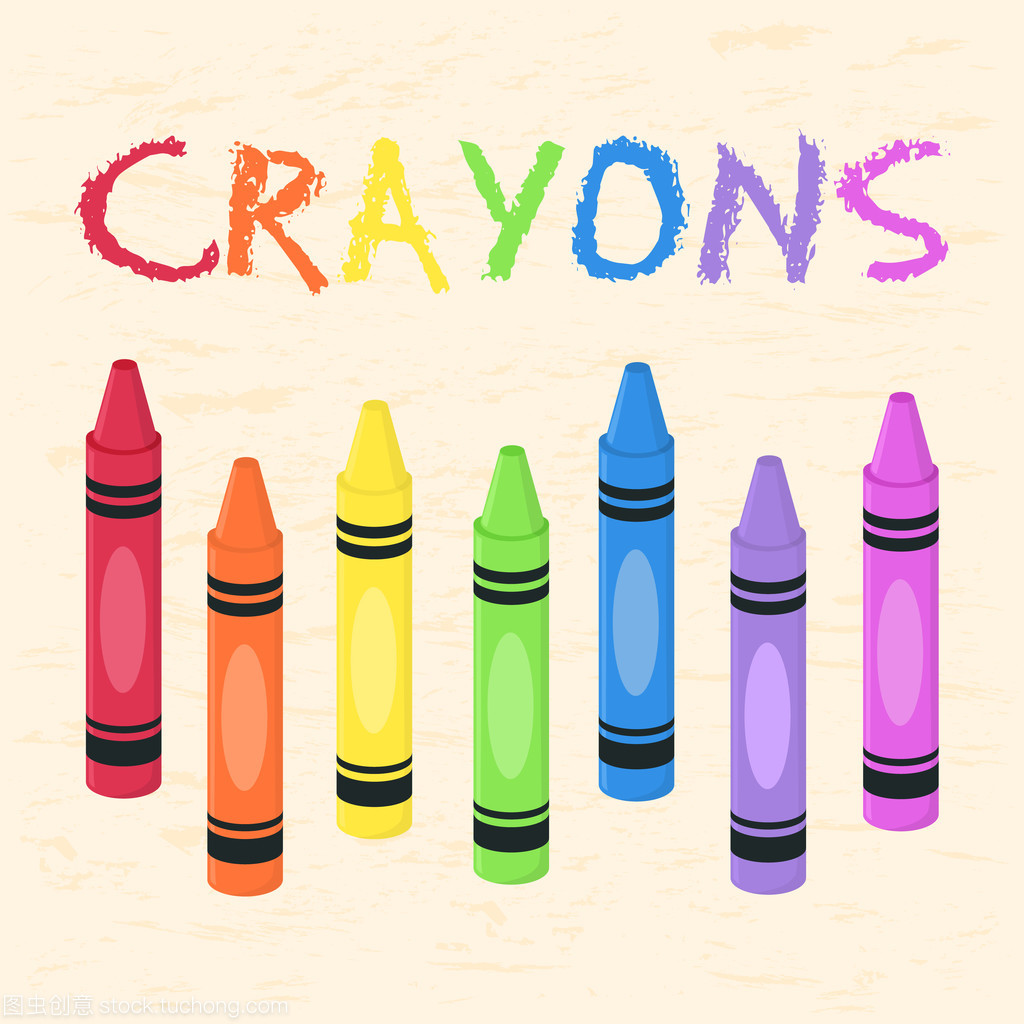What are the characteristics and basic skills of children's crayon?
Crayons are a common tool for children's painting. Of course, many adults also like pastel painting. So, how can I draw a crayon? What are the techniques for crayon? When a color is flat coated, it can be painted with shades of darkness and lightness. When applying the shade change, apply even force. Gently apply it first, then repeatedly apply it on the painted light color. Thickness and durability.
Features of crayon painting and basic techniques of crayon painting
Crayon painting is a kind of art form widely used in the painting of young children. It can be used to paint still life, scenery, characters, and because of the convenience, fastness, simple tools, and certain artistic appeal, it is deeply loved by students. Here's how to draw a crayon and talk about some experiences.

First, the characteristics of the crayon
Crayons, in terms of painting conditions, do not prepare for the cumbersome paintings before painting, as well as the effects of water and oil on the wet and dry colors of the paintings. The colors and strokes drawn many times can be naturally connected together, regardless of time. It fully embodies the superiority of crayon painting compared with other paintings.
Second, the tools of the crayon
The formation of painting techniques and the characteristics of the materials used in them are inseparable, and crayon is no exception. The best choice for crayons is the "Mali" crayons made in Shanghai. It has twelve colors, thirty-six colors, forty-eight colors and sixty-four colors. Paper: Use lead to draw paper, preferably thicker, not too smooth. Other tools: pencils, erasers, knives, iron stylus, drawing board.
Third, the basic techniques of crayon
(1) Flat coating: To draw the edge part with a crayon, be careful, do not apply the color to the outside of the line. Use force to be even, don't be light at once, and suddenly it is heavy. Apply in one direction, do not apply it horizontally and diagonally. The color should be painted on the paper surface, and no trace of whiteness should be left.
When a color is flat coated, it can be painted with shades of darkness and lightness. When applying the shade change, apply even force. Gently apply it first, then repeatedly apply it on the painted light color. Thickness and durability. If the force is light and gradually heavy, then the color will gradually change from light to deep. No matter how it is painted, it can't be half-baked and half-baked. This happens because the light-to-rich junction is not well grasped. Without a good grasp of the transition, the picture looks very blunt.
(2) Blank: Most white parts of the crayon are left out. Pay attention when leaving white. Use light color to paint from dark position, gently apply, slowly gradually transition to white, such white stay. It is natural to come out to reflect the feeling of light.
(3) Stacking color: If you want to paint the crayon very full, and have a sense of subjectivity, then you should use the method of overlapping colors. The color combination is the overlapping of colors, which is the addition of multiple colors. No matter what you paint, dark colors should be painted last. When painting, start with a light color and then apply a dark color. The thickest and darkest color should be painted last. The things drawn in this way have both levels and color changes.
(4) Scraper: The drawing method of the scraper is to first draw the color and shade of the object with a crayon, and then use the knife to scrape out the required size change, white point and thickness line. The scraper method is very useful, and it can be used to paint glassware, glazed porcelain, and smooth surfaces.


